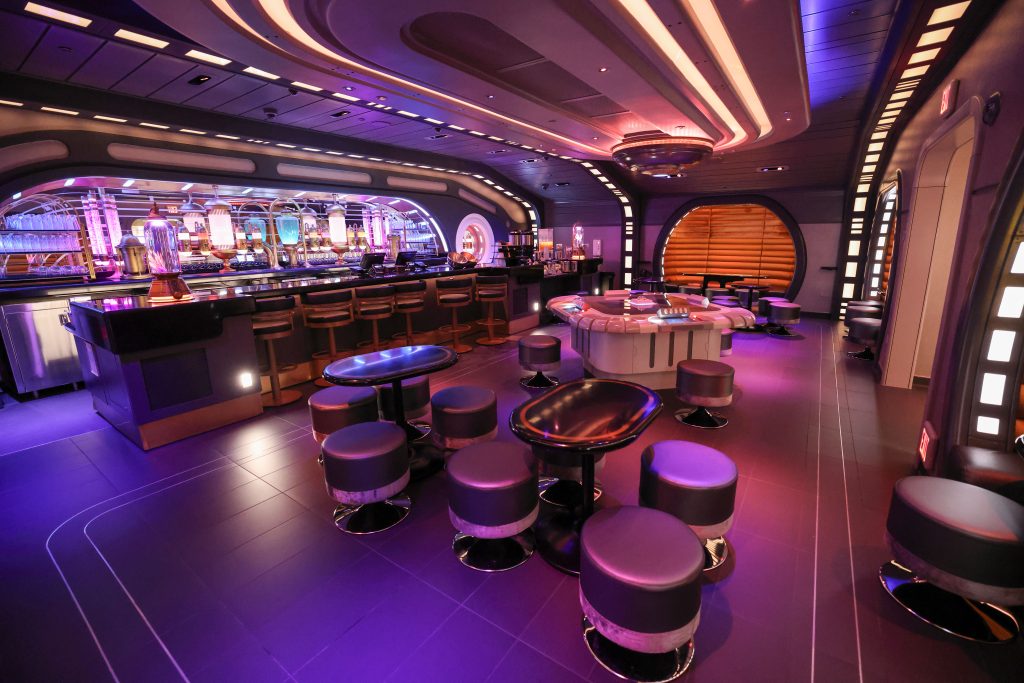Creating a vibrant and unforgettable nightlife experience goes far beyond booking top DJs and stocking premium liquor. The heart of any successful nightclub lies in its atmosphere, and that begins with professional design. Working with experienced nightclub interior designers can help bring your vision to life, whether you’re opening a brand-new venue or revamping an existing one. If you’re embarking on this journey, this complete checklist will ensure you’re prepared for every step of the process.
Define Your Vision and Target Audience
Before you even start searching for nightclub interior designers, take time to clearly define your vision. What kind of experience do you want guests to have? Is your venue aiming for an upscale, exclusive vibe or a high-energy dance space? Understanding your audience’s demographics and preferences will help shape everything from layout to lighting choices.
A seasoned restaurant designer or nightclub expert will want to know what inspires you. Gather reference images, concept boards, and color palettes that express your brand identity. The clearer your concept, the easier it will be for the designer to transform it into reality.

Choose the Right Nightclub Interior Designer
Not all interior designers have the specific experience needed for nightlife venues. Nightclubs present unique challenges, such as soundproofing, mood lighting, and crowd flow. When evaluating potential nightclub interior designers, review their portfolio to ensure they’ve worked on similar projects.
Check client testimonials and consider scheduling an in-person consultation. The right designer will understand how to marry aesthetics with functionality, creating a space that not only looks stunning but also operates smoothly on a busy Saturday night.
Set a Realistic Budget and Timeline
Interior design projects can quickly go off track without clear financial and scheduling parameters. Work with your designer to outline a realistic budget early in the process. This should include not only design fees, but also materials, construction, furnishings, and lighting installations.
Be transparent about your opening date or relaunch timeline. A professional restaurant designer or nightclub expert will help you anticipate lead times for furniture, permits, and custom installations so that your project doesn’t fall behind.
Prioritize Functionality and Safety
While a nightclub’s visual impact is essential, safety and functionality are non-negotiable. Your nightclub interior designer should be well-versed in codes and regulations specific to hospitality venues, including fire exits, occupancy limits, and ADA compliance.
Flow of traffic is another key consideration. A well-designed space will guide patrons naturally from the entrance to the bar, dance floor, seating areas, and restrooms. Bottlenecks, blind corners, or poorly lit zones can negatively impact guest experience and your bottom line.
Lighting and Acoustics: Essential Design Elements
Lighting plays a critical role in setting the mood and enhancing visual appeal. A skilled designer will create layered lighting schemes that can be adjusted throughout the night, from ambient lounge vibes early in the evening to pulse-pounding energy during peak hours.
Sound design is equally important. Incorporating acoustic panels, soundproofing materials, and speaker placement planning ensures a great auditory experience without sacrificing design. Collaborating with audio-visual consultants alongside your interior designer can take your venue to the next level.
Collaborate on Custom Features
One of the advantages of working with experienced nightclub interior designers is the ability to customize features that make your venue one of a kind. Think signature bar designs, bespoke seating arrangements, or artistic wall installations.
The designer can source materials and craftspeople to fabricate custom elements that reflect your brand’s personality. Collaborating closely on these details will give your nightclub a cohesive and memorable look.
Plan for Maintenance and Longevity
Nightclubs experience a high volume of foot traffic, spills, and wear and tear. A knowledgeable restaurant designer understands the importance of using durable, easy-to-clean materials that withstand nightly use while retaining visual appeal.
Discuss upkeep with your designer to ensure that your finishes, upholstery, and flooring will hold up over time. Low-maintenance choices can save you significant money on repairs and replacements in the long run.
Keep Communication Open Throughout the Project
Designing a nightclub is a dynamic, multi-stage process. Regular check-ins and open communication between you and your designer are essential. Be responsive to questions, provide feedback quickly, and trust the process. A good designer-client relationship is key to staying on schedule and achieving the results you envisioned.
Final Thoughts
Working with a nightclub interior designer is more than a collaboration; it’s an investment in the success of your venue. By approaching the project with a clear vision, realistic expectations, and an eye for quality, you can create a nightlife destination that draws guests in and keeps them coming back. Whether you’re hiring a specialized nightclub expert or a versatile restaurant designer, following this checklist will guide you through the process with confidence.